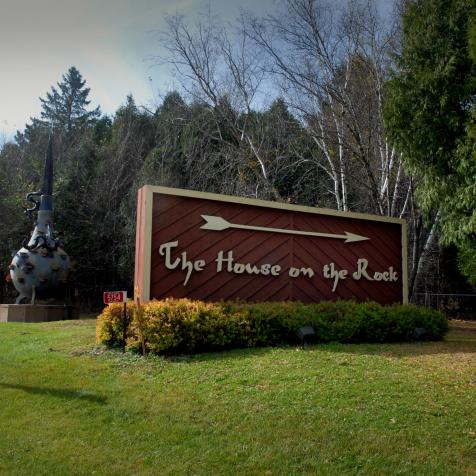
Bolortsetseg Minjin
Breaking New Ground with Paleontologist from Mongolia

Meet Bolortsetseg (Bolor) Minjin, a Mongolian paleontologist and Explorers Club Fellow who played a pivotal role in stopping the sale of a fossil skeleton of the dinosaur Tyrannosaurus bataar, illegally collected from Mongolia. Bolor has also helped coordinate the return of over 30 other stolen dinosaurs to Mongolia.
Bolor's latest projects involve educational outreach in the Gobi Desert, a conservation park to combat illegal fossil poaching, and building a community-centered Dinosaur Museum at the Flaming Cliffs.
We caught up with The Explorers Club and Bolor to understand more about her path to paleontology - check out how she got here!
Digging Up Dino Fossils: Meet Bolortsetseg Minjin 15 Photos
Into the land before time, check out the incredible work of Bolortsetseg (Bolor) Minjin, P.h.D, as she discovers new fossil species, repatriates illegally collected fossils, and trains Mongolian paleontologists and youth through educational outreach.
Tell us about yourself and your own history in exploration. What does it mean to you to be an explorer?
I am a paleontologist from Mongolia and the founder of the Institute for the Study of Mongolian Dinosaurs. Starting at a young age, I developed an interest in nature and wanted to explore my country; however, it only became a reality for me when I went to college to major in geology. I mostly worked in the Gobi Desert, which involved a lot of lonely walking and exploring the isolated areas to create geologic maps. Geology opened opportunities for me, including spots on paleontology expeditions with the American Museum of Natural History. From there I became fascinated with Mongolian fossils and went on to lead several expeditions on my own. For me exploration can happen even in your own backyard, you just have to pay attention to the nature and culture surrounding you. I most enjoy exploring with others where everyone can share their knowledge and interests. I also strongly believe that anyone can be an explorer.

ISMD
Could you give us a sense of some difficulties faced by Asian explorers, both historically and contemporarily?
Growing up I really didn’t learn about Asian explorers, but instead learned that the most exploration was done by Europeans. At the time I didn’t really question this, but obviously the history of Asian exploration is really incomplete. In terms of contemporary Asian explorers, there is still some notion that we do not fit into the picture of exploration. Biases still exist and it is challenging to overcome them.

Bolortsetseg Minjin
How do things look today, and could you give some examples of prominent Asian explorers working now?
Things are changing now, but slowly. If media outlets support and recognize more diverse explorers, I think change can greatly accelerate. There are a number of Asian explorers who are doing important work and inspiring the next generation. A few to mention here are Asha de Vos, Losang Rabgey, Darlene Lim, Krithi Karanth and Aparajita Datta.

Thea Boodhoo
As a Fellow of The Explorers Club, we understand you are part of The Explorers Club 50 - could you tell us a bit more about this honor?
This year the Explorer Club honored 50 explorers from around the world to recognize their accomplishments and the inspiration they bring to communities across the globe. I am honored to be part of this amazing group of honorees. Historically The Explorers Club supported and featured European explorers, which built upon the colonial model of exploration. I am happy to see that the Club is changing, is acknowledging their past, and is looking towards the future of exploration with an eye for diversity, equity, and inclusion. This honor can help me to connect with explorers from different continents and hopefully we can collaborate to create a better future.
You can learn more about Bolor's work at https://mongoliandinosaurs.org/ and http://www.flamingcliffs.org/









.JPG.rend.hgtvcom.336.252.suffix/1621523997934.jpeg)










